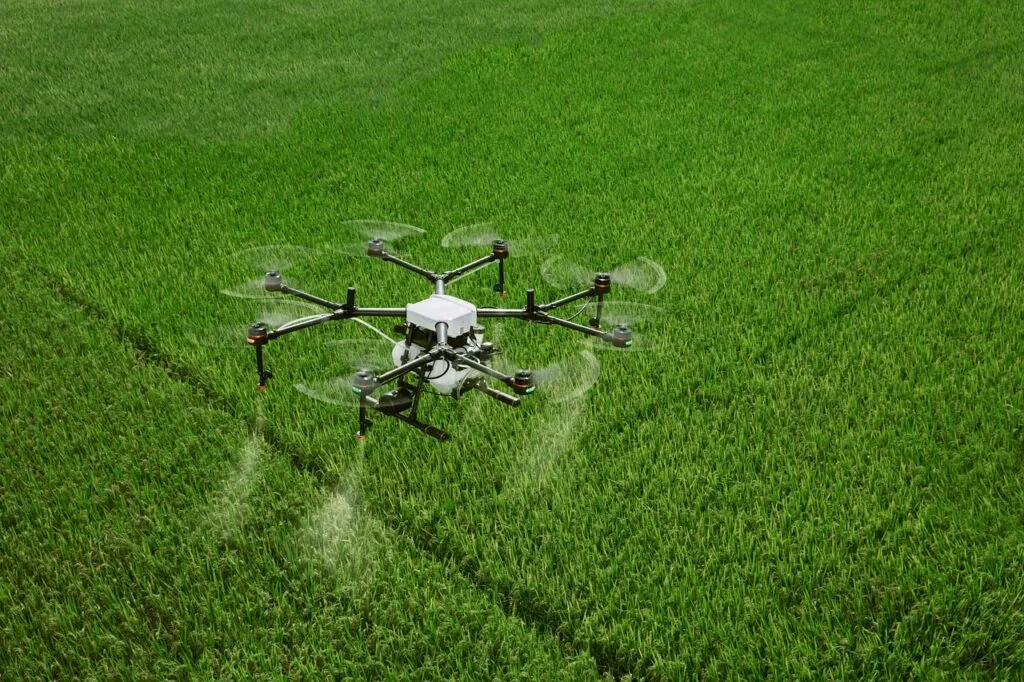In the heart of Indonesia’s agricultural landscape, a technological revolution is brewing, one that promises to transform the way farmers tend to their crops. At the forefront of this innovation is I Made Gede Sunarya, a researcher from Universitas Pendidikan Ganesha, who is leveraging the power of drones and artificial intelligence to bring precision agriculture to the rice fields. His recent study, published in the Jurnal Nasional Pendidikan Teknik Informatika (JANAPATI), which translates to the National Journal of Informatics Education, is making waves in the agritech community.
Sunarya’s research focuses on classifying rice growth stages using high-resolution images captured by Unmanned Aerial Vehicles (UAVs), commonly known as drones. The goal is to enable farmers to treat their crops based on the specific conditions and growth stages of the rice, rather than applying a one-size-fits-all approach. “The current use of UAVs supports agriculture with manual operation and based on GPS waypoint positioning,” Sunarya explains. “In the process, the visual aspects that can be obtained from the UAV have not been considered, so the treatment carried out on agricultural land is the same.”
This lack of visual consideration can lead to inefficient use of resources and potentially harm the crops. Sunarya’s solution involves using Convolutional Neural Networks (CNN), a type of deep learning algorithm, to analyze the high-resolution images captured by the drones. The CNN is trained to recognize different growth stages of the rice, from the vegetative phase to the ripening phase, with an impressive accuracy of 96%.
The implications of this research are significant for the agricultural sector, particularly in Indonesia where half of the population works in agriculture. By enabling farmers to treat their crops based on the specific needs of the plants, this technology can lead to increased yields, reduced waste, and more sustainable farming practices. “Agricultural land should be treated according to the conditions of the land,” Sunarya emphasizes. “Because the condition of the land will affect the growth of the planted vegetation.”
Moreover, this technology can also have a positive impact on the energy sector. By optimizing the use of resources such as water, fertilizer, and pesticides, farmers can reduce their energy consumption and lower their carbon footprint. This is particularly important in the context of climate change, where every effort counts in the fight against global warming.
Looking ahead, Sunarya’s research could pave the way for further developments in precision agriculture. As drones become more sophisticated and AI algorithms more powerful, farmers will be able to monitor their crops in real-time and make data-driven decisions to optimize their yields. This could lead to a new era of sustainable, efficient, and productive farming, benefiting not only the farmers but also the environment and the global population.
In the words of Sunarya, “Utilization of UAV by taking high-resolution aerial imagery can provide visuals of the overall condition of rice from various angles of image capture.” This is not just a technological advancement; it’s a step towards a more sustainable future for agriculture and the energy sector.

